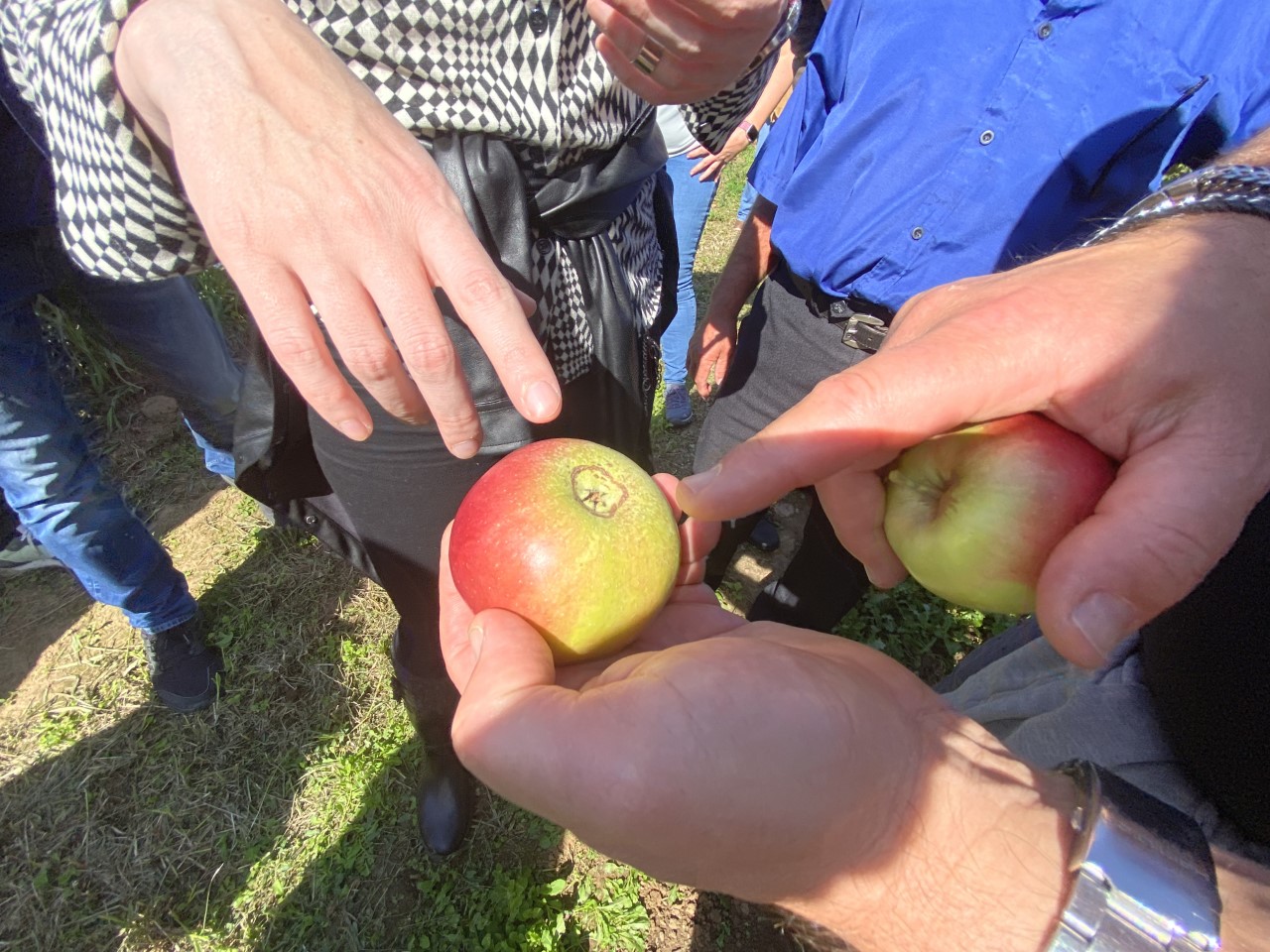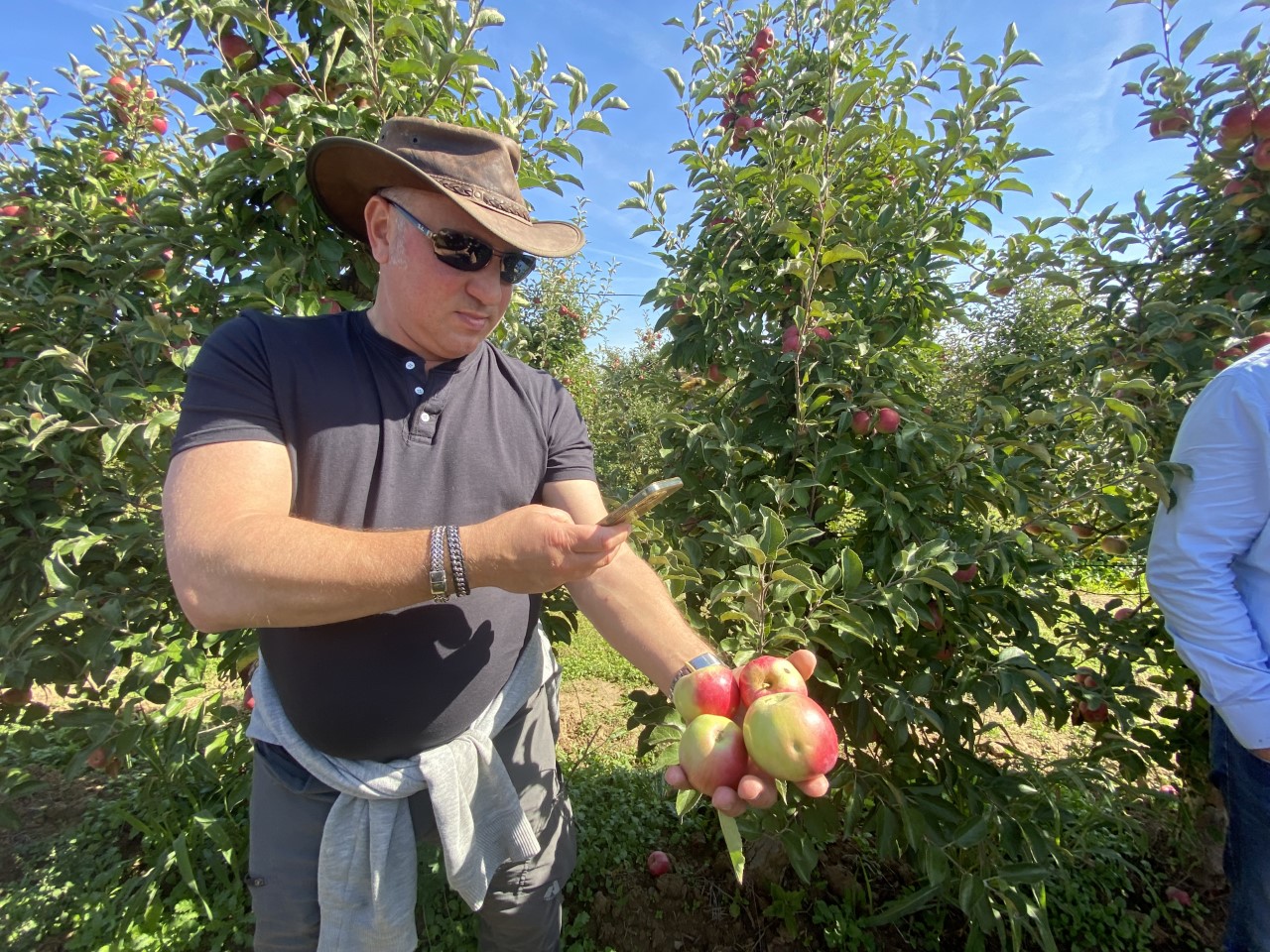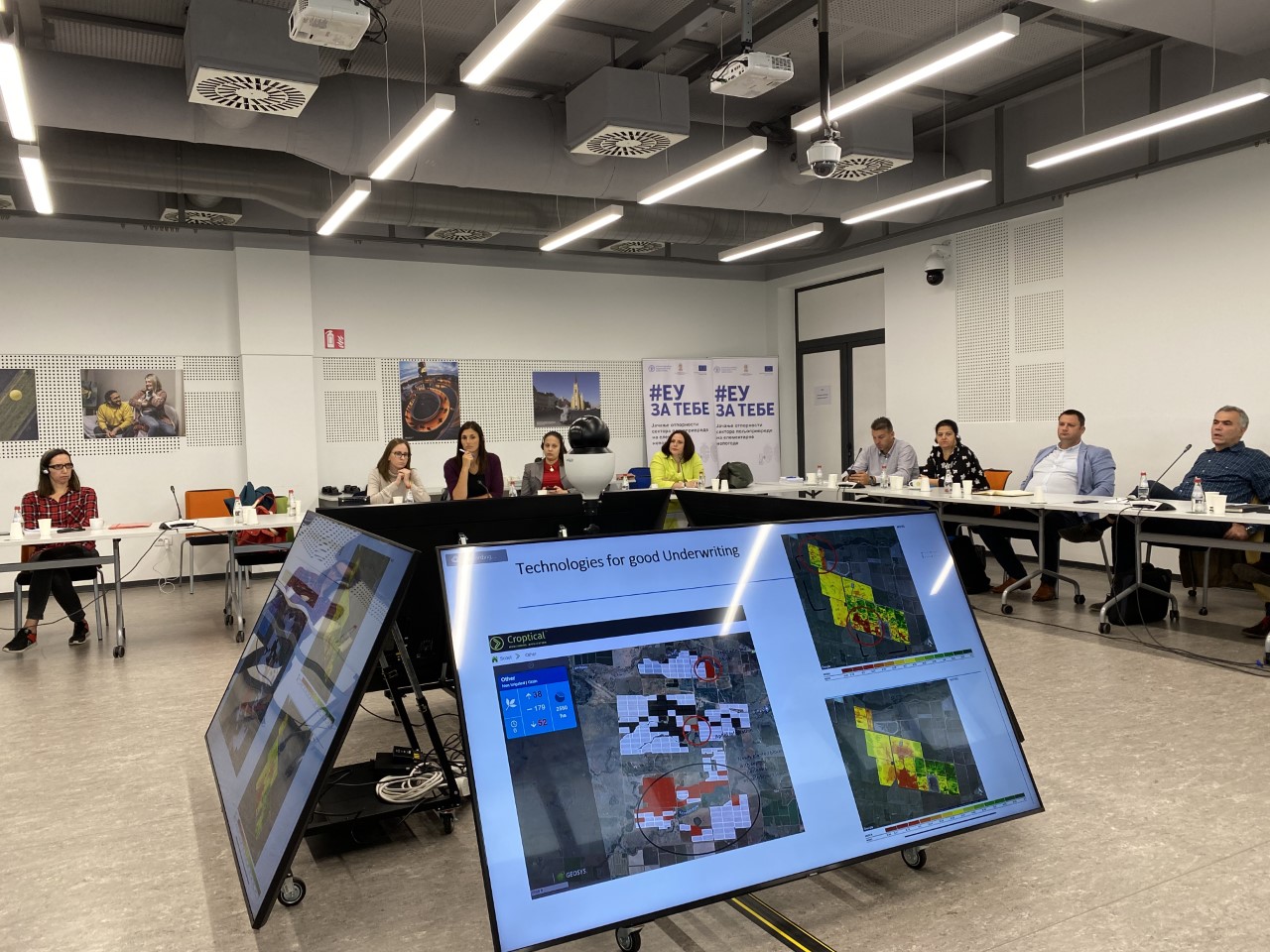Serbia is exposed to natural disasters such as floods, drought or frost. When they occur, they often cause a reduction or even a total loss of agricultural products such as grain, fruits or vegetables. There are several ways to mitigate these consequences and one of them is agricultural insurance. When a farmer, for example, insures crops against flood, he or she receives a payment, if flood causes reduction of crop yields.

According to the National Bank of Serbia, agricultural insurance accounts for 4% of the total insurance market in Serbia. Out of 16 insurance companies, 7 offer agricultural insurance, while the crop insurance premium amounts to 25 million euro. As a comparison, the premium for the same insurance in Germany goes over 220 million euro.
The Ministry of Agriculture, Forestry and Water Management, the Food and Agriculture Organization of the United Nations (FAO) and the European Union have joined efforts to improve the agricultural insurance. Within this cooperation, FAO international expert for agricultural insurance, Roman Shynkarenko, visited Serbia in the first week of October 2022. Roman helped the representatives of the ministry to familiarize with principles and innovations in agricultural insurance, compiled recommendations for improvement, and demonstrated damage assessment on test fields.

On the road to the improvement of insurance
Successful improvement of agricultural insurance is not a task for a single institution. It is rather a teamwork and for this reason meetings were held with diverse bodies: Ministry of Agriculture, Forestry and Water Management, Ministry of Finance, Office for Public Investments, National Bank of Serbia and insurance companies. The variety of perspectives came together to form a road map for the improvement of agricultural insurance. It gives guidance on what needs to be done to enhance insurance, how to do it, and when is the best time to do it.
The road map contains recommendations such as the establishment of an insurance management unit; standardization of insurance offers, which will make it easier for farmers to apply for insurance; tying subsidies for agricultural insurance with subsidies of another kind - similar to subsidies for animal breeding; and many more.

Enhancement of any system is hard to imagine without technological innovation. The same is true for agricultural insurance and this is why new technologies like electronic records for damage assessment and satellite tracking were discussed. Particularly interesting is satellite monitoring, as it equips insurance companies with data to make offers, but it benefits also the ministry, as it enables a faster response to natural disasters.
What are new technologies?
- Unmanned aerial vehicles
- Automatic meteorological stations
- Geographic information systems and many others

What insights new technologies provide?
- The vegetation index shows the level of chlorophyll in plants, which indicates their condition. Owing to this information, experts can monitor crop development throughout the year
- Rainfall mapping shows the frequency of rainfall in a selected territory
- Temperature overview enables complex analysis such as the presence of frost in the orchard
- Soil moisture
- Risk of drought or frost
How to assess damage from natural disasters?
We looked for answer to this question in the villages of Kolari and Drugovac in eastern Serbia. Thanks to the hospitality of Brkić and Aćimović families, representatives of the ministry and insurance companies visited several apple orchards. Based on the examples of these orchards, the FAO expert demonstrated how to do damage assessment.


Vladan Aćimović is a farmer who grows fruits in the village of Kolari near Smederevo. In addition to apples, Vladan grows cherries, plums, apricots and peaches. He had no doubts, whether to insure all fruits.
"We have a problem this year because of a combination of hail and frost, those who do agriculture without insurance, that is not good. We invest in agricultural production to make it profitable, which is extremely difficult now," says Vladan.

Vladan is not alone in these efforts. He is supported by his wife, who takes care of the children, but is also an equal partner in business, as the owner of a new tractor and an orchard with a modern anti-hail net.
Photo credits: FAO Office in Serbia